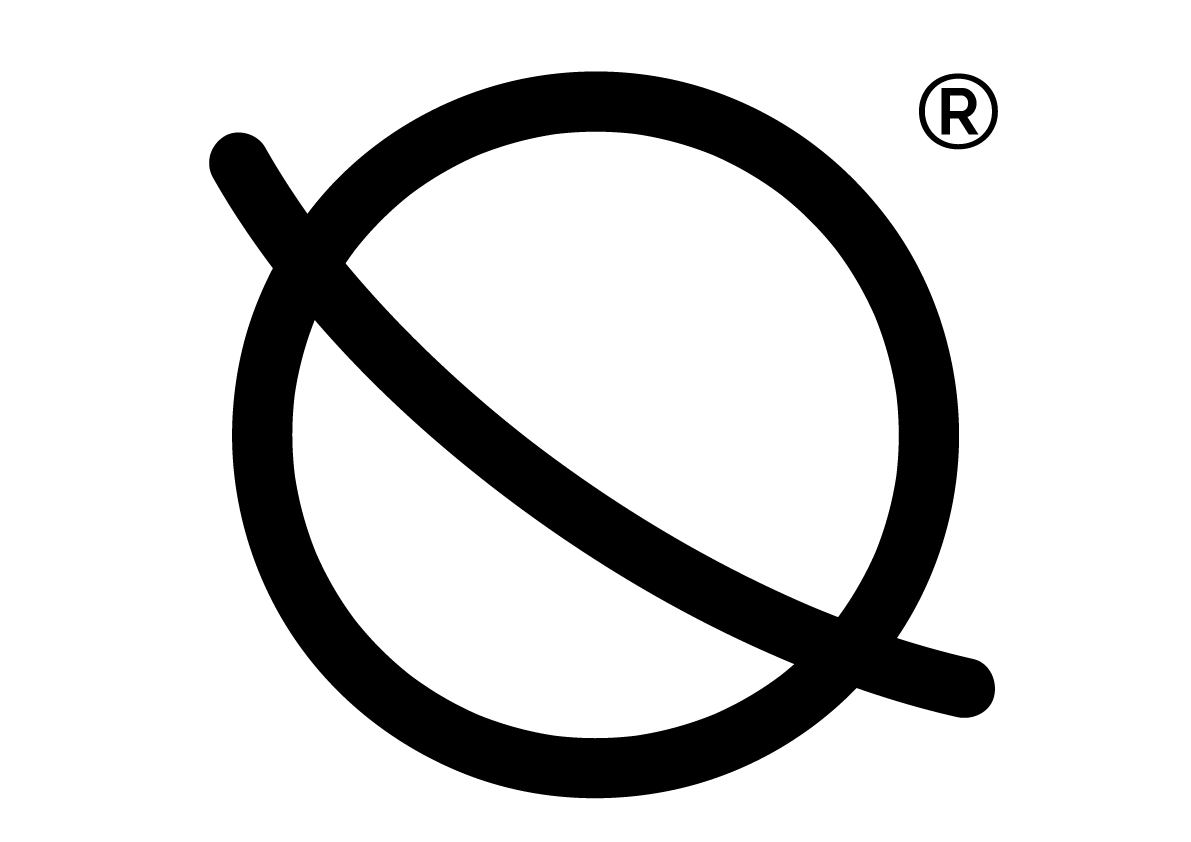4 yoga props + what they add to your practice
We’ve all been there, first time at a yoga studio collecting a mat and finding a variety of items we have no idea what they are for or how to use them: wooden blocks, big cushions, straps, etc. Thankfully teachers are there to help! But whether you are a beginner or a more advanced yogi, yoga props can really help you take your practice to the next level. your practice.
Here we breakdown what are the most common props + accessories you will find and what they can add:
1. Strap
A simple yet really versatile tool to have in your yoga toolkit, the yoga strap will help you achieve challenging asanas that you might be unable to reach just yet, or feel uncomfortable. Usually made from non-elastic cotton, they can vary in length but are generally around 6ft long, and might sometimes include loops or D-rings to help tailor the length needed for your activity. Use them as an extension of your body, so, for example, if you can’t reach your toes while folding forward in a seated position, put the strap around your feet and hold onto the ends to deepen the stretch.
How does a strap improve your practice:
Increases your range of motion and flexibility
Maintains alignment
Supports and allows for more control in poses that might be hard to grasp
Helps you avoid overextension
2. Bolster
The comfy one, a yoga bolster is essentially a long and narrow cushion that helps support your body during restorative poses and encourages relaxation and release. They are usually quite firm and can be used horizontally or vertically for a variety of positions.
How does a bolster improve your practice:
Helps you hold poses for longer periods whilst taking pressure off your joints, for example during half pigeon pose
Keeps your spine straight during sitting poses, e.g. lotus pose, by maintaining your hips higher than your knees
Supports your body, knees and other joints during restorative yoga poses like savasana or child’s pose
3. Block/brick
Yoga blocks (or bricks) come in different sizes and materials (such as wood, cork or foam) but their role is universal: to provide length, balance and support during poses. We like to think of them as yoga building blocks as they can truly help you evolve your practice.
How does a block improve your practice:
Provides supportive balance in difficult to reach poses, e.g. reaching down during triangle pose, or half moon, just place your hands over the block as opposed to the floor
Helps deepen the stretch in specific poses by helping you surrender into the pose, e.g. fish pose with the block behind your back, pushing you to arch your back
Builds confidence by helping with your balance and strength
4. Mat
Well, we can't forget about the mat! Whether you use it for grip, or for cushioning, a good mat will help you take your practice to the next level, giving you the perfect base to make the most of your yoga journey.
There is a huge variety of mats available, from traditional rectangular ones to more creative round ones that allow you to take your practice in any direction. There are travel sizes too, and even XL options for the taller yogis or those who need more space. Mats also come with a variety of top layers, from ultra grippy ones, to moisture-activated ones for those with sweaty hands/feet (don’t worry, ours can be washed!)..
There are so many options, but remember to find what is best for you, it is your journey after all!
How does a mat improve your practice:
Allows for a stable and comfy foundation for your asanas, without being harsh on your joints or hands/feet
Provides extra grip when needed for challenging poses
Can be folded for extra support for poses like headstands
Featured designs, such as the Form Grid, can help improve your alignment and add consistency to your practice.
Needless to say that you don't need all, or some might argue, any of the props listed above, some of them are interchangeable, however they can each add to your practice and improve your experience. Use them to make your practice more creative and comfortable and explore how far you can go!
Read next >>>





